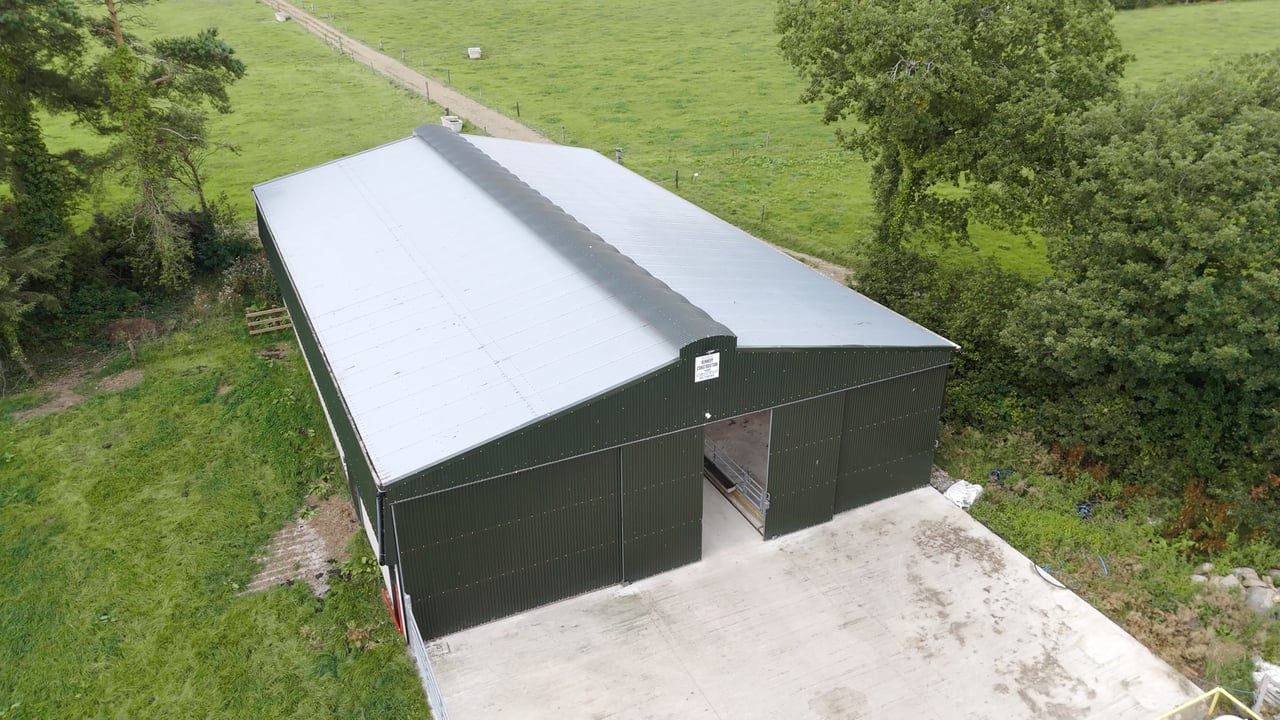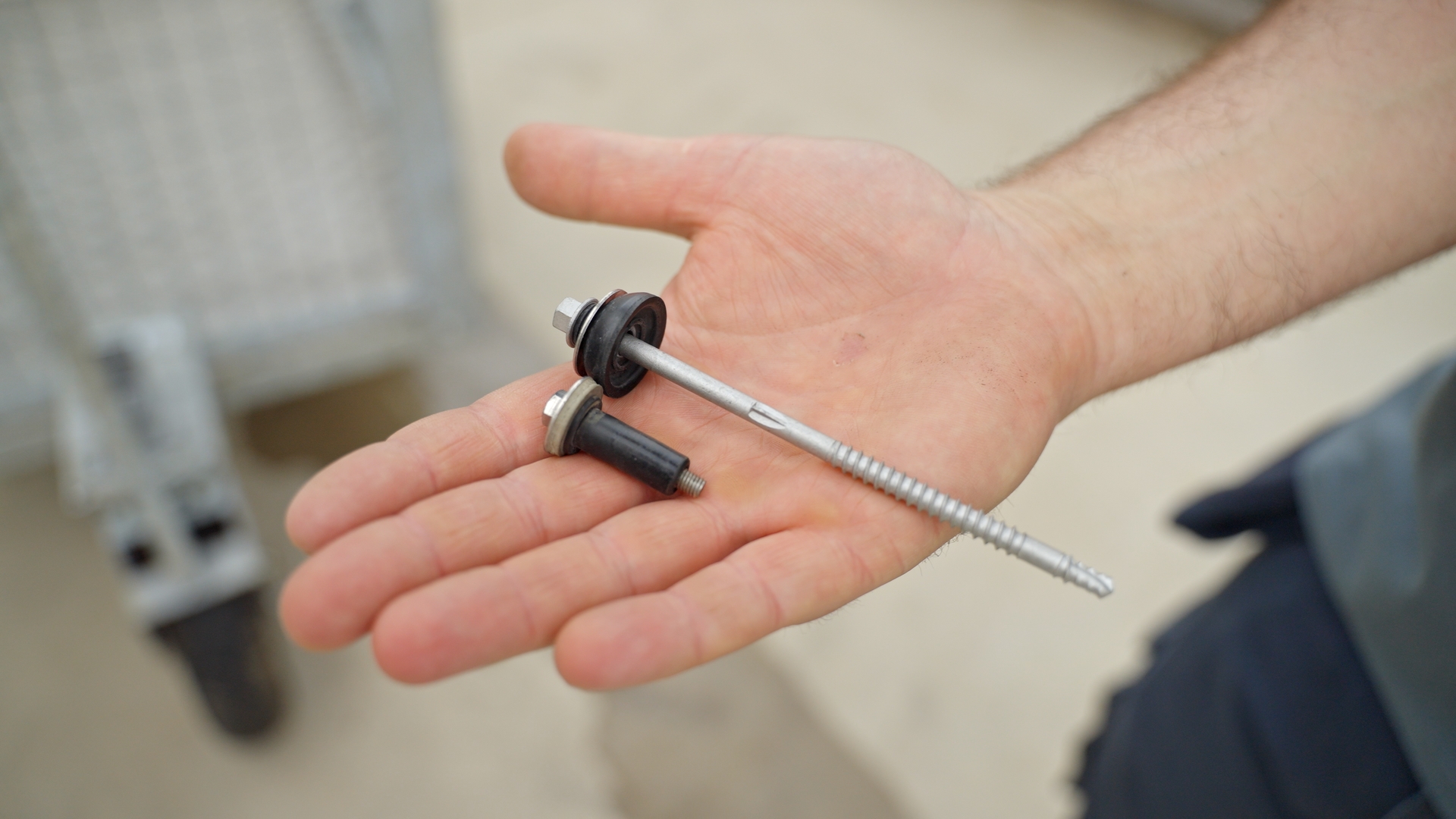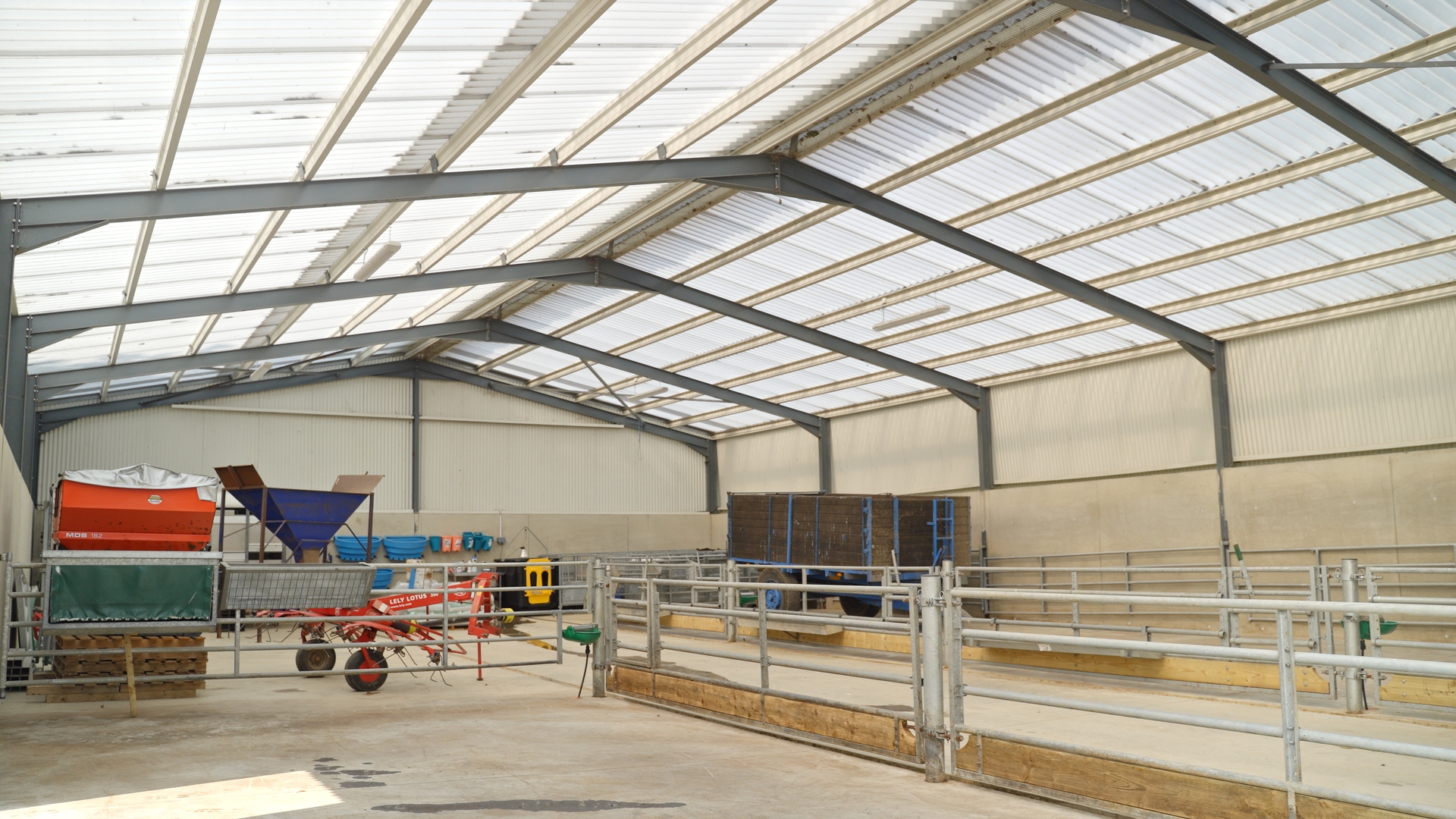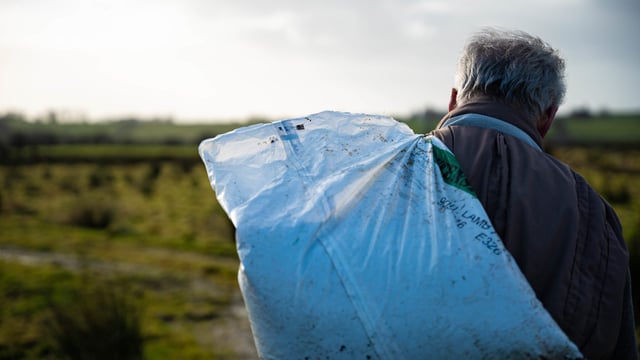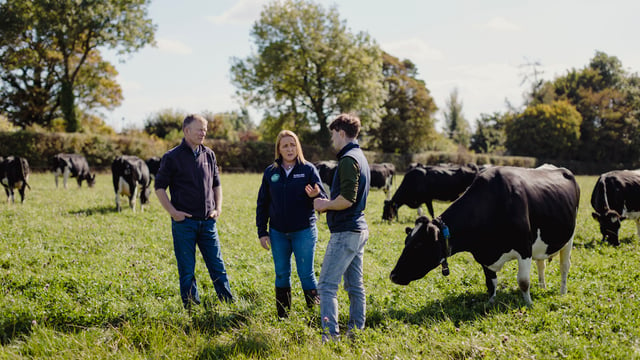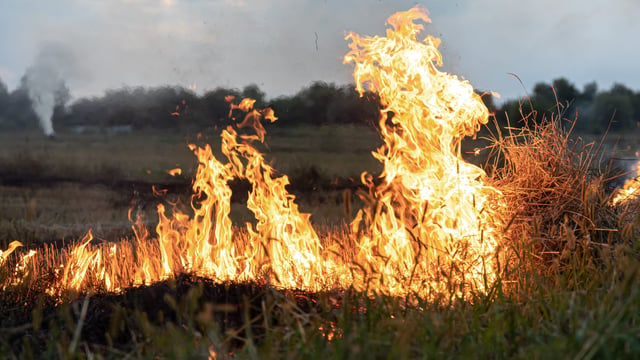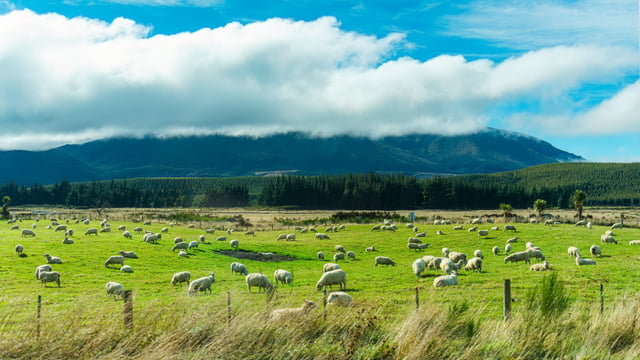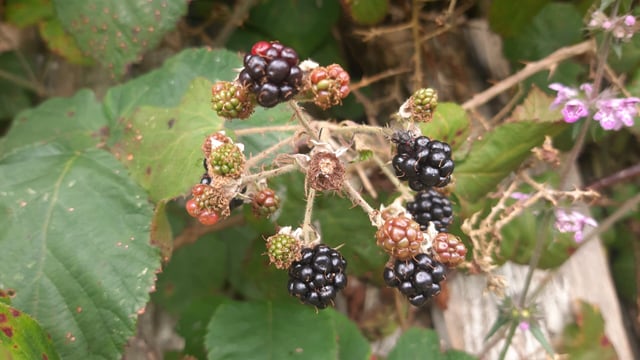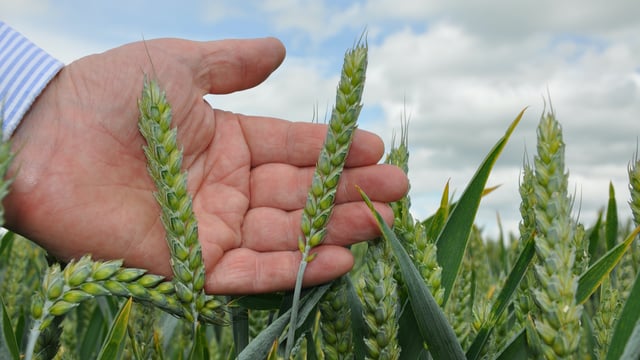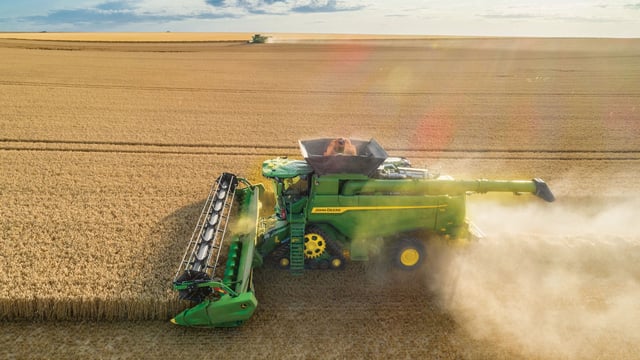Watch: Building Focus - strong emphasis on ventilation in Wexford calf shed
In a new series with a focus on agricultural buildings, Agriland visited Clifford Deacon in Co. Wexford to explore his new calf shed.
Deacon, who is based in Coolaught, is milking 90 cows after swapping from beef to dairy in 2019.
The farm has undergone large investment over the last six years with upgraded cubicle houses, a new parlour, a new slurry tank, and even a new silage pit.
However, the latest investment is Deacon's new calf shed which was constructed in the back end of 2023, ready for the 2024 season of calves.
Calf shed
Deacon put a large emphasis on animal health when constructing the shed, ensuring the calves would be 'cosy' all year round.
The farmer decided good lighting in the shed was essential, so he opted to install a clear heat guard 50 on the whole roof.
This allowed Deacon optimise natural light and in turn allowed for healthier calves, even making animals calmer when going to grass for the first time.
Deacon described the work as a learning curve when installing the panels, as the tech screws had to allow for movement as temperatures rise and fall.
The five-bay unit has space for eight large calf pens, however deacon only uses six, with two left available for calving essentials such as straw and milk replacer.
The farmer said Condon Engineering supplied all the gates and barriers for the shed.
Deacon explained that he starts all calves in individual units at the far end of the shed until they are ready to join a pen as a group, ensuring the animals get adequate feed while minimising disease spread.
There is also an isolation unit which Deacon uses for sick animals and even cases such as twins.
Floor slope
The floors are adequately slopped towards drainage channels, however, Deacon did not slope them to grant specification.
Deacon said: "The slope would be too extreme, with straw gathering at the front and calves ultimately lying away from the wall in colder areas."
Essentials
Deacon explained how he wanted to create a shed that acts as one whole system, in hopes you would not have to leave once you start feeding.
The farmer ran hot and cold water taps into the shed, allowing him to mix up milk replacer in there as well as carry out cleaning tasks.
He has space for all necessary equipment, with such confidence in his set-up, he even has coat racks installed.
The Wexford farmer outlined that the shed was built on a greenfield site beside the parlour, allowing for quick and easy access to and from the units with the milk cart.
He also ensured the unit was built upwind of cubicle houses to minimise risk of disease spread.
Ventilation
The sheds external walls were built to the full 9ft, to prevent any draught coming in on the calves and the side panels are kicked out approximately 1ft to create an increased airflow toward the ridge gap.
Deacon opted for this style saying he was not in favour of vented sheeting as he reckons it quickly becomes clogged with cobwebs and debris, effectively becoming inefficient.
The ridge gap at the top of the shed is relatively low, however the cap extends 1ft to either side of the gap creating good airflow.
There is no ventilation methods at the far end of the shed, as that side faces west and can often get hammered with cold blustery winds according to the farmer.
Deacon highlighted how there is never any smell in the shed which highlights the efficiency of the ventilation system in place.
He said in the winter the shed is lovely and warm, while on hot days such as we are having this week, the shed is cooler inside than it is outside.
Deacon installed a small door at one of the pens, typically where he keeps his 20 replacements; here they can go in and out to grass ad lib.
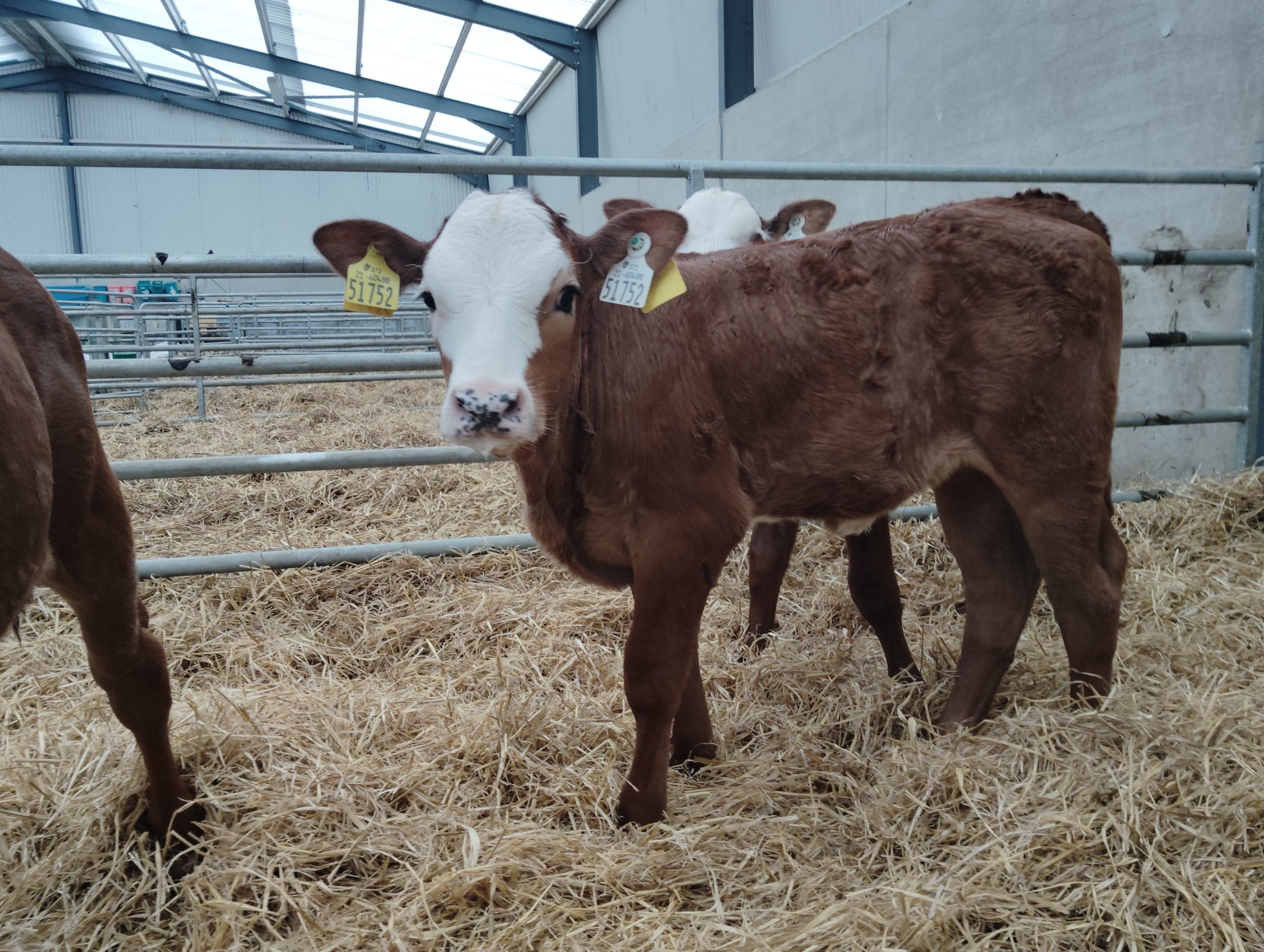
Paddy Kennedy errected the steel and installed the heat guard while Barry Power undertook all concrete work.
Deacon said the shed was approximately €70,000 based on 2023 price, estimating a cost of €80,000 to €85,000 if built today.
He said it was worth it, not only in terms of massively improved labour effeciency but highlighted how calves are thriving in there.
He mentioned this year's calves were making above €900 on average at Carnew Mart, with people thinking two-week-old calves were a month plus in age.

